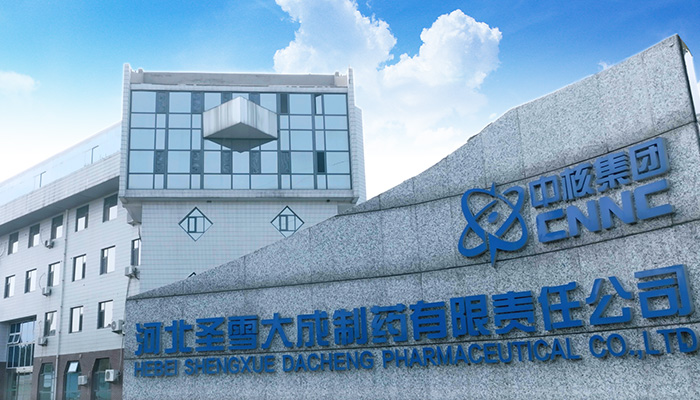
The influence of raw material source on nisin price
TIME:2024-02-19
Nisin is a natural antimicrobial peptide typically produced by certain strains of lactic acid bacteria, most commonly Lactococcus lactis. The primary raw material for nisin production is the fermentation broth or culture of these bacteria. The source of raw materials for nisin production can influence its price.
Different strains of lactic acid bacteria may have varying yields of nisin. Strain selection plays a role in determining the efficiency of nisin production and can influence the cost of raw materials.
The composition of the fermentation medium, including nutrients and growth factors, affects the growth and productivity of the bacterial culture. The cost of formulating and supplying the fermentation medium can impact overall production costs.
The conditions under which the bacteria are cultivated, such as temperature, pH, and oxygen levels, can affect the yield of nisin. Optimizing cultivation conditions may require additional resources or equipment.
The duration of the fermentation process influences the biomass and nisin production. Longer fermentation times may increase operational costs, impacting the overall price of nisin.
The purity and quality of raw materials, such as the source of carbohydrates or nitrogen sources in the fermentation medium, can impact the efficiency of the fermentation process. High-quality raw materials may come at a higher cost.
The scale at which raw materials are sourced and utilized in the production process can influence economies of scale. Larger-scale production may lead to lower per-unit costs for raw materials.
The stability and availability of the chosen raw materials can impact their prices. If a particular raw material becomes scarce or experiences fluctuations in price, it can affect the overall cost of nisin production.
Increasing emphasis on sustainable and environmentally friendly sourcing practices may influence the choice of raw materials. Sustainable sourcing might entail additional costs, which can be reflected in the price of the final product.
The geographic location of raw material suppliers and production facilities can affect transportation costs and logistics, contributing to variations in the overall cost of raw materials.
Compliance with regulatory standards related to the sourcing and handling of raw materials may necessitate additional quality control measures, potentially impacting costs.
Understanding the factors associated with the raw material source is important for both producers and buyers in the nisin market. Producers may seek cost-effective and sustainable sources, while buyers should be aware of the factors that contribute to the final price of nisin products. Additionally, market conditions, demand, and global supply chain dynamics can also influence overall pricing.

 CONTACT
CONTACT




